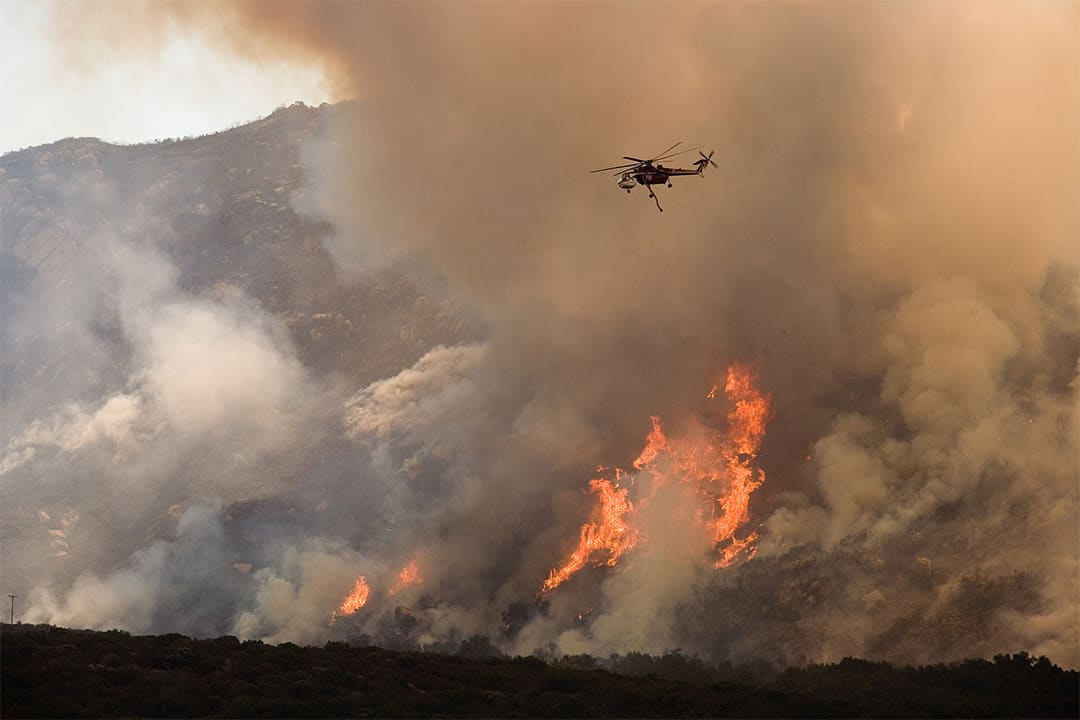Carbon emissions play a significant role in driving climate change, but many people don’t fully understand the term. Let’s unravel it all by delving into what carbon emissions are, why they are harmful, and what their major contributors are.
What are carbon emissions, and why are they so harmful?
The release of carbon compounds into the atmosphere is known as carbon emissions. This includes the emission of carbon dioxide, a greenhouse gas (GHG). Carbon dioxide (CO2) is naturally present in the atmosphere and is essential to maintaining a stable climate through its production of the greenhouse effect: GHG molecules in the atmosphere trap heat from the sun within the Earth’s atmosphere, maintaining a habitable temperature.
However, carbon emissions from human activities — such as burning fossil fuels, deforestation, and industrial processes — have significantly increased the concentration of carbon dioxide in the atmosphere, causing global warming and a range of negative consequences. A rise in GHG levels exacerbates the greenhouse effect, which leads to a rise in global temperatures, causing heat waves and disrupting weather patterns.
As the climate warms, polar ice caps and glaciers melt, contributing to rising sea levels, which can lead to coastal flooding and community displacement. Cyclones, hurricanes, droughts, and dust storms are also exacerbated by climate change, destroying homes and causing economic losses.
CO2 increases in the atmosphere also result in more carbon absorption in the oceans, causing ocean acidification, which harms marine ecosystems. Finally, by altering habitats, carbon emissions make it difficult for species to adapt or migrate, threatening biodiversity.
Major contributors to carbon emissions
One significant source of carbon emissions in Canada is transportation, which accounts for 26 per cent of the country’s GHG emissions. This includes emissions from vehicles such as cars, trucks, airplanes, and ships. Shifting to electric vehicles and investing in public transportation can greatly contribute to reducing these emissions.
Another major contributor to Canada’s carbon footprint — the total amount of GHG the country emits through the use of fossil fuels — is the extraction and processing of oil and gas, representing another 26 per cent of GHG emissions. Implementing technology that captures carbon from the atmosphere, utilizing carbon storage technologies, and taking steps to reduce methane emissions are crucial steps for Canada in addressing this issue.
Additionally, while wildfires are a natural occurrence, they can release large amounts of carbon when they occur. In 2023 alone, Canada experienced severe wildfires that emitted approximately 160 megatons of carbon into the atmosphere. These emissions have short-term effects on air quality and contribute to long-lasting impacts on our climate.
In essence, carbon emissions, particularly from human activities, are the primary cause of climate change. These emissions significantly impact our planet, resulting in increased temperatures, extreme weather events, and environmental disruptions.
The Canadian government has been actively promoting a transition to a low-carbon economy that considers coal workers and other affected people. By identifying and reducing the sources of carbon emissions, we may be able to mitigate the effects of global warming and work toward a sustainable future. Canada’s dedication to decreasing emissions and transitioning to cleaner energy sources is a beneficial step in tackling this global problem.



No comments to display.